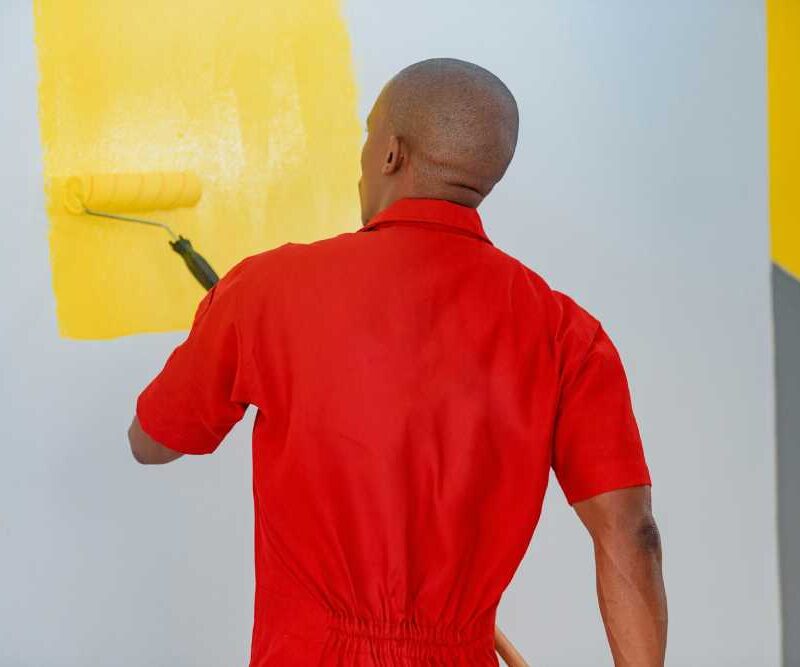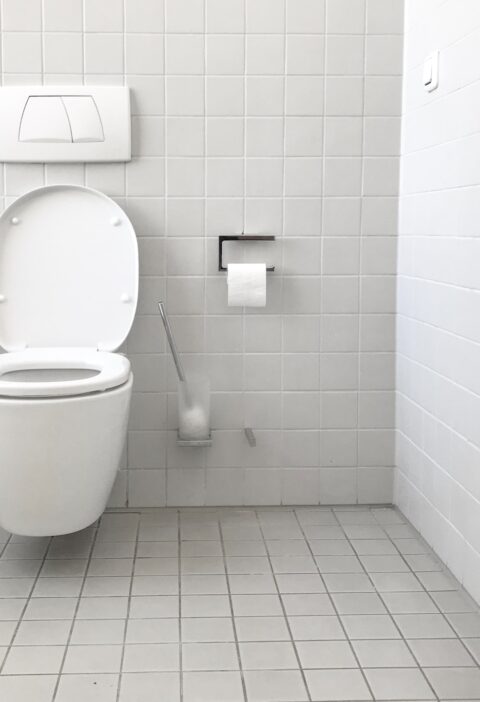Painting your own home can be gratifying. Not only does it allow you to personalize your space with your choice of colors, but it also saves you the cost of hiring professionals. However, if the project seems daunting, professional residential painting services can transform your home efficiently and effectively, offering high-quality results without stress.
Choosing the Right Colors for Your Space
Choosing the right colors is essential for establishing the atmosphere of your house. Professional residential painting services can guide you in selecting the perfect color scheme to enhance your home.
Considering the psychological impact of colors on mood and atmosphere is crucial when choosing color schemes. Warmer colors like reds, oranges, and yellows can produce a feeling of warmth and coziness, while more excellent colors like blues and greens tend to evoke calmness and tranquility.
Whether you’re looking to create a serene environment or an energizing space, understanding color theory can significantly assist in making the best decision. For more tips on color selection, check out this Architectural Digest article. It comprehensively explains selecting colors that work well together and match your design style.
Essential Tools and Materials
A successful painting project starts with the right tools. High-quality brushes and rollers can make a significant difference in applying paint. You might also need painter’s tape to ensure clean edges and drop cloths to protect your floors and furniture.
Selecting the appropriate type of paint for your project is equally important. Latex paints are commonly recommended for indoor areas as they are durable, user-friendly, and easily cleaned with soap and water.
Another essential item is a paint tray, which helps evenly load paint onto your roller. Popular Mechanics provides an excellent resource for a comprehensive guide on painting tools, listing must-have tools for a hassle-free painting experience.
Prepping Your Walls
Prepping is one of the most essential steps in any painting project. It involves several critical steps to ensure your paint adheres properly and produces a smooth, professional finish. Wipe down the walls to eliminate any dust, dirt, or grease. Achieving this is possible by combining water with a gentle detergent.
Then, examine the walls for any openings, fissures, or flaws. Use a spackling compound to fill these areas and sand them down until they are smooth. Sanding the walls lightly removes imperfections and provides a slightly rough texture for better paint adhesion.
Applying a primer to help the new paint adhere better is also wise. Preparing your walls properly will result in a smoother, more durable finish that can withstand time.
Expert Painting Techniques
Once your walls are prepped, it’s time to start painting. The technique you use can significantly affect the outcome. Begin with the edges, or “cutting in,” by using a brush to paint a few inches from the edges of the walls where the roller cannot reach.
This helps to create clean lines and makes it easier to blend with the roller later. When using the roller for larger areas, apply the paint in ‘W’ patterns to avoid streaks and ensure even coverage. Apply the paint to the walls in sections using a roller, and blend the edges to avoid visible lines. Be patient and allow enough drying time between coats for the best results.
Depending on the color and type of paint, you might need multiple coats for full coverage. This method helps avoid visible brush strokes and ensures a more uniform appearance that’s professional and clean.
Maintaining Your Painted Surfaces
Regular maintenance is vital to keeping your freshly painted walls looking their best. Dust walls periodically to remove any surface dirt and cobwebs. To remove stubborn stains or marks, gently clean the surface using a soft sponge and a combination of mild detergent and water. Refrain from using strong chemicals or rough tools that may harm the paint.
Performing regular touch-ups can also help in maintaining the look of your walls. Keep a small amount of leftover paint for this purpose. Touch up any scuffs or chips as needed to keep your paint job looking fresh. This extends the life of your paint job and keeps your home looking pristine, contributing to a well-kept and inviting atmosphere.
Fun Accent Ideas
Are you looking to add some character to your space? Think about making an accent wall or incorporating stencils for playful designs. A bright accent wall can stand out in any room, creating a focal point with added visual appeal and dimension.
Metallic paints can bring a hint of sophistication by catching the light and producing a sparkling appearance. Chalkboard paint is another creative option, offering a functional and fun element in children’s rooms or kitchens where you can leave messages, drawings, or schedules. Accent ideas like these can transform a plain space into a standout feature, reflecting your personality and style.
The Benefits of Doing It Yourself
Tackling a painting project yourself can be rewarding both financially and emotionally. Doing it yourself can save you significant labor costs, making it a budget-friendly option. Additionally, taking on a DIY project can be a therapeutic and satisfying experience, offering a sense of accomplishment.
You’ll gain the satisfaction of transforming your space with your hands. Plus, it’s a fantastic way to express your style, giving you complete control over every aspect of the project, from color selection to the final brushstroke. DIY painting projects also offer the flexibility to work at your own pace and schedule, making it a convenient option for busy homeowners.
Tips for Safety and Cleanup
Safety should always be a priority during any DIY project. Ensure your workspace is well-ventilated by opening windows or using fans to disperse fumes. When handling paints and solvents, wearing protective equipment such as masks and gloves is essential to avoid breathing in harmful chemicals or coming into contact with them on your skin.
After finishing your painting project, clean your brushes and rollers promptly to prolong their lifespan and make future projects more accessible. Utilize warm, soapy water for latex paints and the correct solvent for oil-based paints. Proper safety measures help protect your health and ensure a more pleasant painting experience. Taking the time to clean up thoroughly also helps keep your tools in good condition for future use.







